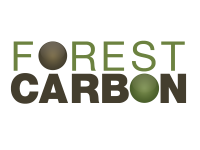
Duich Moss is a Peatland restoration project on Islay, bordered by the River Laggan and north of the Duich River. It is a site of special scientific interest dominated by heather. It is an area of low-domed bog habitat and is a Ramsar site of international importance.
Restoration activities are essential to rewet this area and prevent further erosion. Peat extraction was practised on Duich Moss up until the 1980s. In 1985 plans were made by Distillers Company Ltd. to scale up peat extraction on Duich Moss, which brought about a local confrontation with environmentalists known as the ‘Battle of Duich Moss’.
The land contains quantities of deep peat, intersected with watercourses. This peatland is highly vegetated, and diverse - featuring hummocks, ridges, peat pipes and deep watershed pools, as well as an unusual transition from blanket bog to raised mire habitat. The vegetation surrounding the peat banks and gullies has led to the blanket categorisation of this project as ‘drained’, with restoration efforts improving it to a ‘modified’ status. The site is also a key roosting location for Greenland white-fronted geese.
